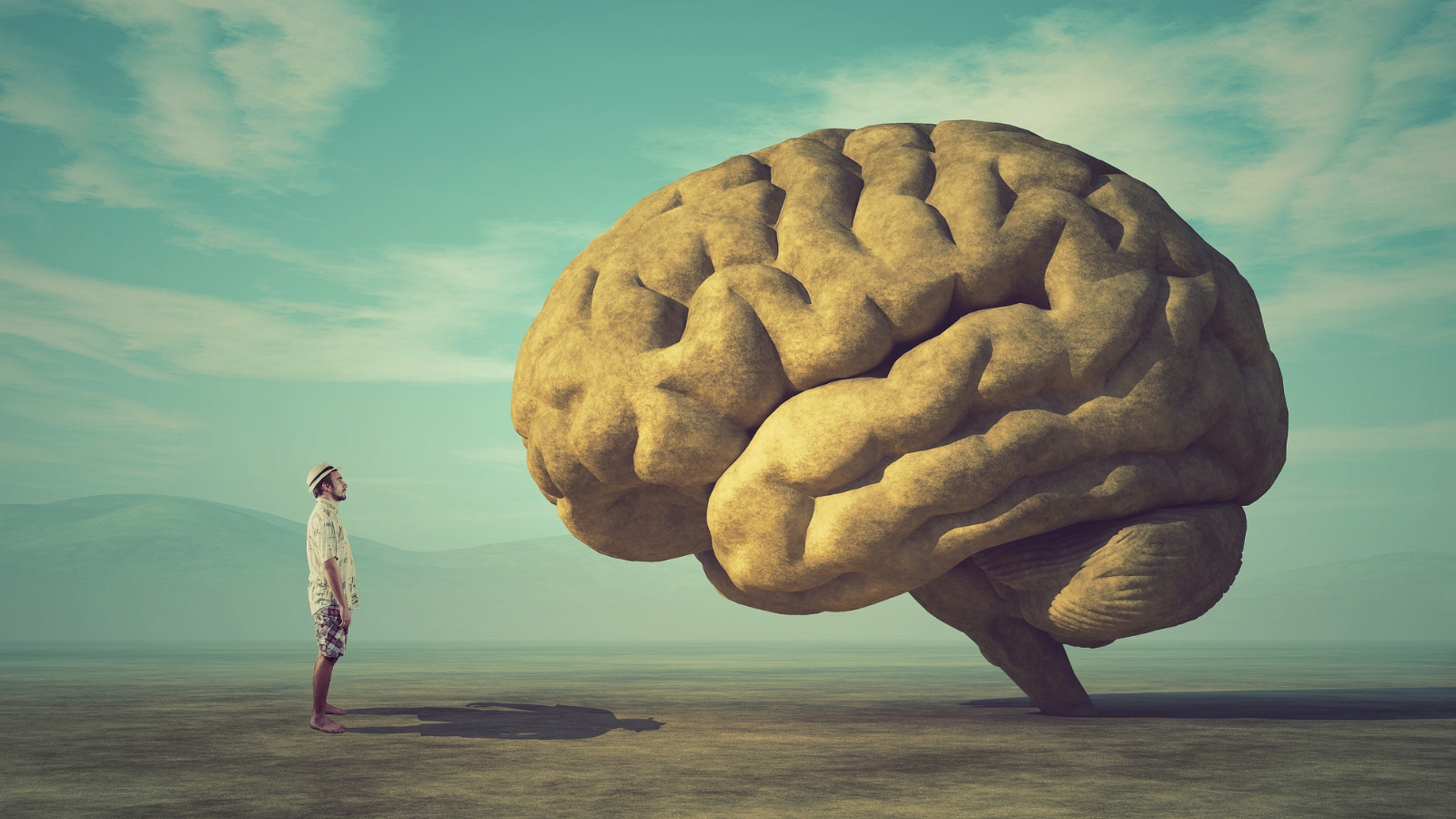In the enigmatic realm of neuroscience and consciousness studies, the default mode network (DMN) stands as a fascinating puzzle piece in understanding the inner workings of the human mind. Simultaneously, the resurgence of interest in psychedelic substances has sparked a renaissance of exploration into altered states of consciousness and their therapeutic potential.
This article embarks on a journey to unravel the intricate relationship between the DMN and psychedelics, exploring the profound implications for our understanding of self, reality, and healing.
Unveiling the Inner Workings of Resting-State Brain Activity
The human brain is a marvel of complexity, constantly active even when not engaged in specific tasks. At the heart of this ongoing neural activity lies the default mode network (DMN), a collection of interconnected brain regions that come alive when the mind is at rest.
Understanding the DMN provides a window into the inner workings of our consciousness during moments of introspection, daydreaming, and self-reflection.
The Anatomy of the Default Mode Network
The DMN comprises a network of brain regions that consistently exhibit synchronized activity during restful states. Key areas within the DMN include the medial prefrontal cortex (mPFC), posterior cingulate cortex (PCC), precuneus, and bilateral inferior parietal lobules. These regions work in concert to facilitate various cognitive processes associated with internal mentation rather than external attention.
Functions and Cognitive Processes
The DMN is intricately involved in a range of cognitive functions that shape our subjective experiences and sense of self. One of its primary roles is in self-referential thinking, allowing individuals to reflect on their own thoughts, feelings, and experiences. Additionally, the DMN is implicated in autobiographical memory retrieval, enabling us to reminisce about past events and construct narratives of our personal histories. Furthermore, the DMN is active during mind-wandering episodes, when the mind drifts away from external stimuli and engages in spontaneous thought generation.
Clinical Relevance and Dysfunctions
Research suggests that disruptions in DMN activity are associated with various neurological and psychiatric conditions. For instance, aberrant DMN connectivity has been observed in individuals with Alzheimer’s disease, where it may contribute to cognitive decline and memory impairment. Additionally, alterations in DMN function have been implicated in mood disorders such as depression and anxiety, highlighting the network’s role in emotional regulation and affective processing.
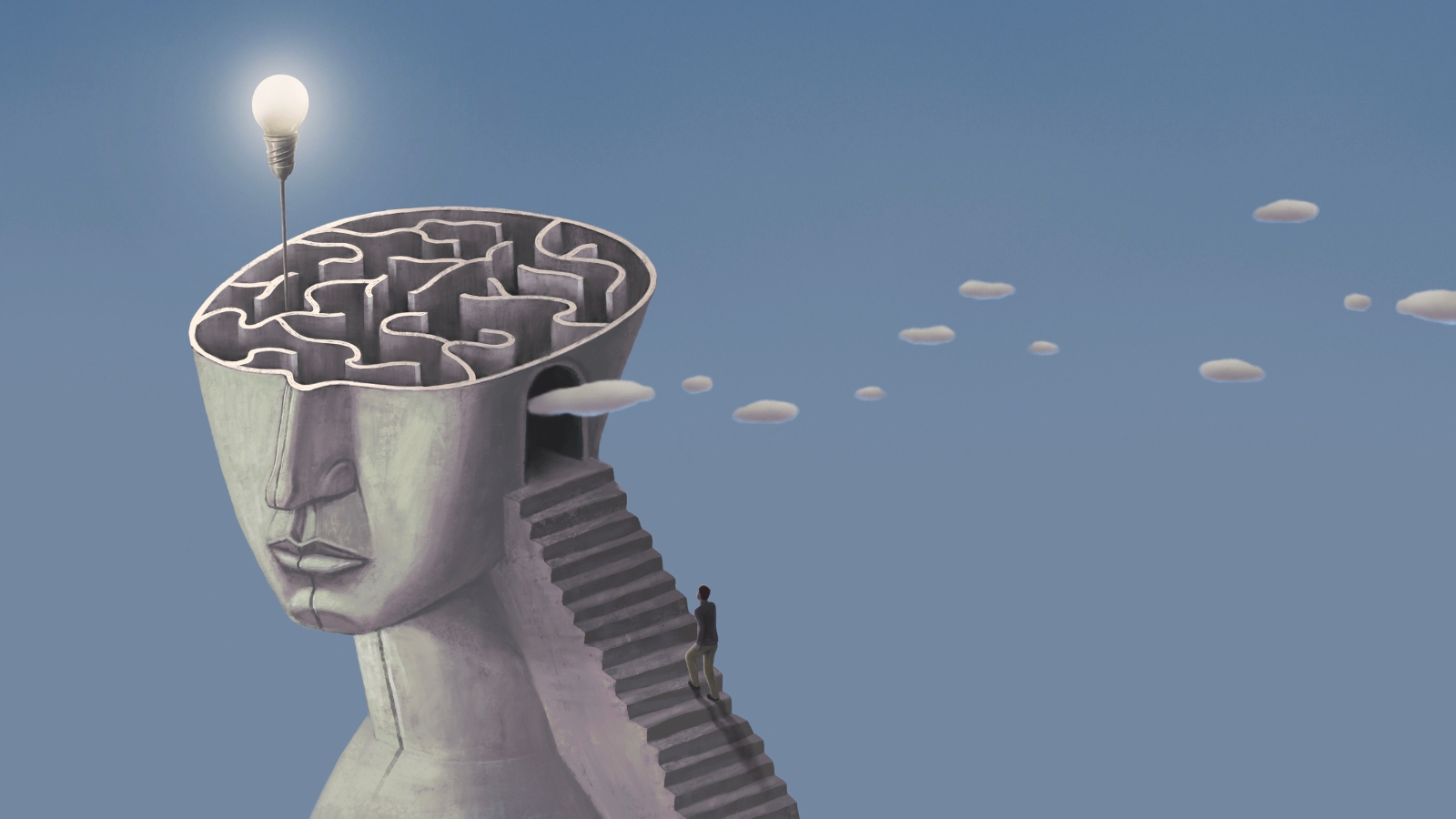
A Journey into Altered States of Consciousness
Psychedelic substances have fascinated and perplexed humanity for centuries, offering profound insights into the depths of human consciousness. These compounds, including LSD, psilocybin (found in magic mushrooms), and DMT, induce altered states of consciousness characterized by profound perceptual changes, expanded awareness, and profound shifts in thought and emotion.
The Psychedelic Renaissance
In recent years, there has been a resurgence of interest in psychedelics within the scientific community, driven by a growing recognition of their therapeutic potential and a desire to understand their effects on the brain. Clinical trials investigating the use of psychedelics for treating conditions such as depression, PTSD, and addiction have yielded promising results, sparking a renewed interest in these substances as tools for healing and self-discovery.
The Pharmacology of Psychedelics
Psychedelics exert their effects primarily through their interactions with the serotonin system in the brain. Specifically, these compounds act as agonists at serotonin receptors, particularly the 5-HT2A receptor subtype, leading to widespread changes in neural activity and neurotransmitter release. The resulting alterations in brain function give rise to the profound alterations in consciousness characteristic of the psychedelic experience.
Altered Perception and Cognition
Under the influence of psychedelics, individuals often report profound alterations in perception, including visual hallucinations, synesthesia (blending of sensory experiences), and changes in the perception of time and space. Additionally, cognitive processes such as problem-solving and creativity may be enhanced, leading to novel insights and perspectives on the self and the world.
The Mystical Experience
One of the most striking features of the psychedelic experience is the occurrence of mystical or transcendent states of consciousness. These experiences, characterized by a profound sense of unity, interconnectedness, and ineffability, have been likened to religious or spiritual epiphanies and are often associated with profound feelings of awe, reverence, and existential insight.
Integration and Meaning-Making
While the immediate effects of psychedelics may fade after the drug has worn off, the insights and experiences gained during the psychedelic experience can have long-lasting implications for personal growth and transformation. The process of integration, whereby individuals make sense of their psychedelic experiences and incorporate them into their lives, is considered crucial for maximizing the therapeutic potential of these substances.
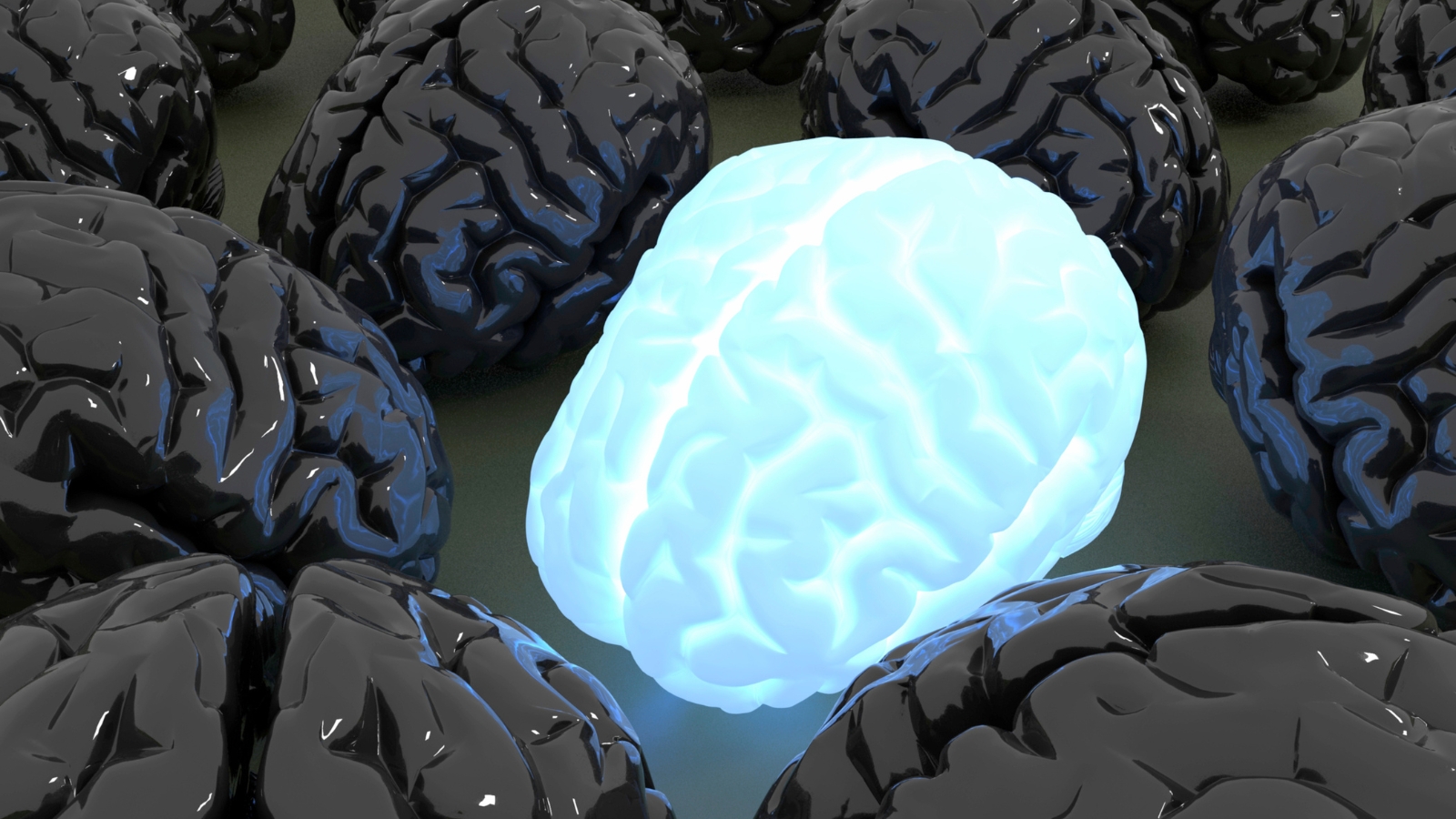
Illuminating the Brain’s Inner Landscape
The interaction between psychedelics and the default mode network (DMN) offers a captivating glimpse into the inner workings of the human mind. Research has shown that psychedelics have a profound impact on DMN activity, leading to alterations in consciousness that challenge conventional notions of self and reality.
Disruption of Default Mode Network Activity
Studies utilizing neuroimaging techniques such as functional magnetic resonance imaging (fMRI) have revealed that psychedelics induce significant changes in DMN connectivity and activity patterns. Rather than exhibiting the characteristic coherent activity seen during restful states, the DMN becomes destabilized and undergoes a state of disintegration. This disruption of DMN activity is thought to underlie the dissolution of the ego and the profound alterations in self-awareness and perception often reported during the psychedelic experience.
Ego Dissolution and the Default Mode Network
One of the hallmark effects of psychedelics is the experience of ego dissolution, a transient loss of the sense of self and identity. This phenomenon is closely linked to changes in DMN function, with studies demonstrating a correlation between the intensity of ego dissolution and the degree of DMN disintegration. The temporary dissolution of the ego allows individuals to transcend their usual cognitive constraints and experience a profound sense of interconnectedness with the universe.
Relevance to Therapeutic Applications
The disruption of DMN activity induced by psychedelics holds significant therapeutic potential, particularly in the treatment of mental health disorders characterized by rigid patterns of thought and behavior. By temporarily quieting the DMN and loosening the grip of the ego, psychedelics create a window of opportunity for introspection, insight, and emotional healing. Clinical trials investigating the use of psychedelics in conjunction with psychotherapy have shown promising results in treating conditions such as depression, anxiety, and PTSD.
Insights into Consciousness and the Self
The interaction between psychedelics and the DMN raises profound questions about the nature of consciousness and the self. By temporarily altering the neural mechanisms underlying self-referential thought and egoic identity, psychedelics offer a unique vantage point from which to explore the nature of subjective experience and the construction of reality. These insights have profound implications for our understanding of the mind and our broader philosophical and existential inquiries into the nature of existence.
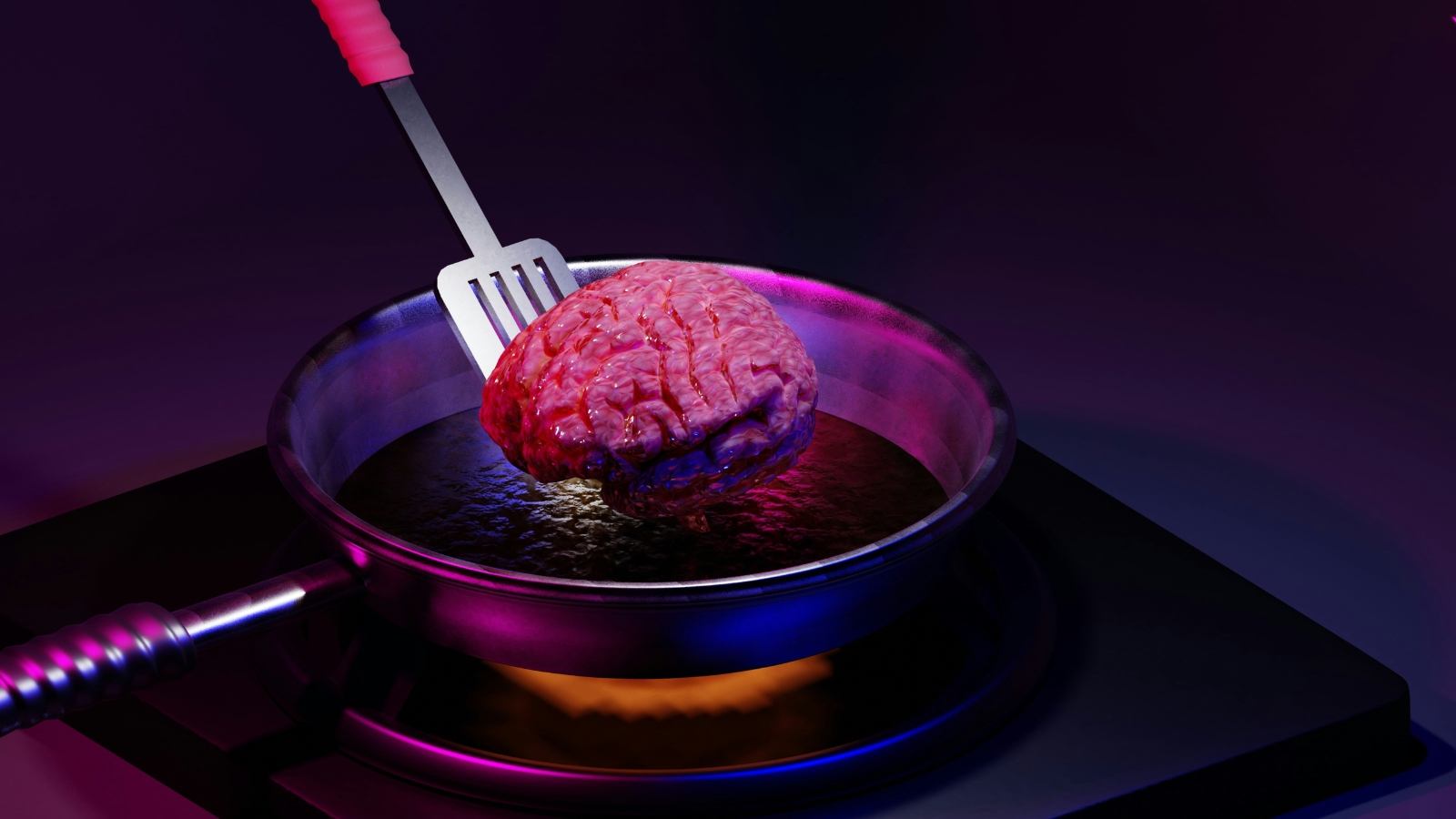
Bridging Science and Spirituality
The resurgence of interest in psychedelics is not merely confined to the realm of science and medicine; it represents a broader cultural shift towards a more holistic and integrated understanding of mind, body, and spirit. As society grapples with existential questions and seeks solutions to the growing mental health crisis, psychedelics offer a pathway to healing that transcends conventional approaches.
Indigenous Wisdom and Modern Science
Central to the psychedelic renaissance is the recognition of the wisdom held by indigenous cultures that have long utilized plant medicines for healing and spiritual exploration. The integration of traditional knowledge with modern scientific methodologies has led to a deeper understanding of the therapeutic potential of psychedelics and a reevaluation of their cultural significance.
Ethics, Safety, and Regulation
As psychedelics move closer to mainstream acceptance, questions of ethics, safety, and regulation become paramount. Ensuring that psychedelic therapy is conducted in a safe and responsible manner, with proper screening, preparation, and integration support, is essential for maximizing therapeutic benefits and minimizing potential risks.
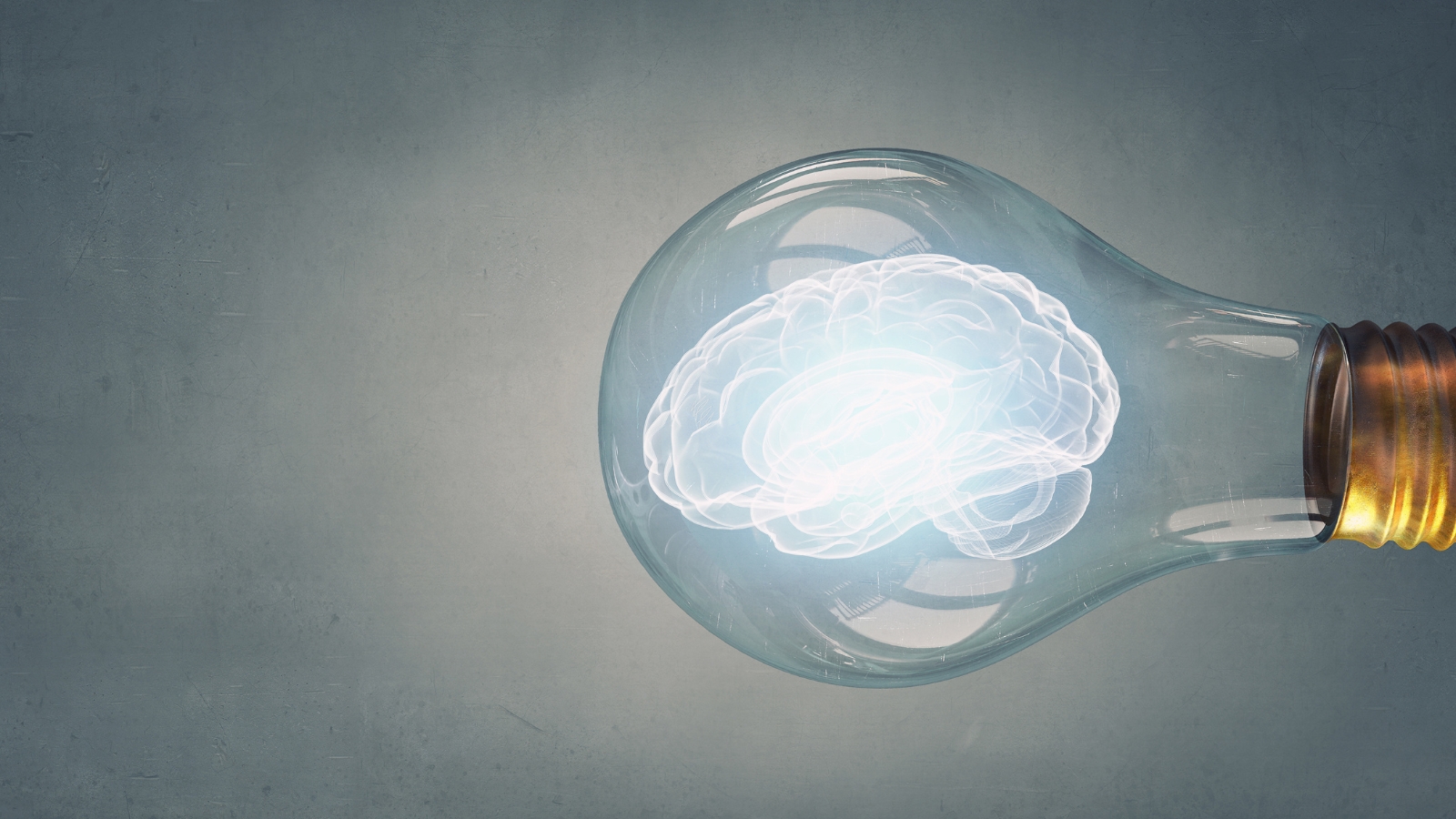
Navigating the Nexus of Mind and Medicine
The intersection of the default mode network and psychedelics represents a nexus of inquiry at the forefront of neuroscience, psychology, and spirituality. Researchers and practitioners are pioneering a new paradigm of healing and self-discovery by unraveling the mysteries of consciousness and exploring the therapeutic potential of altered states of mind.
As we continue to navigate this uncharted territory, it is imperative that we approach the exploration of psychedelics with humility, reverence, and respect. By honoring the profound mysteries of the mind and the transformative power of psychedelics, we may unlock new insights into the nature of reality and our place within it.
In the words of pioneering psychologist Carl Jung, “The meeting of two personalities is like the contact of two chemical substances: if there is any reaction, both are transformed.” As we embark on this journey of discovery, may we embrace the transformative potential of psychedelics and the default mode network, and may we emerge with a deeper understanding of ourselves and the world we inhabit.
